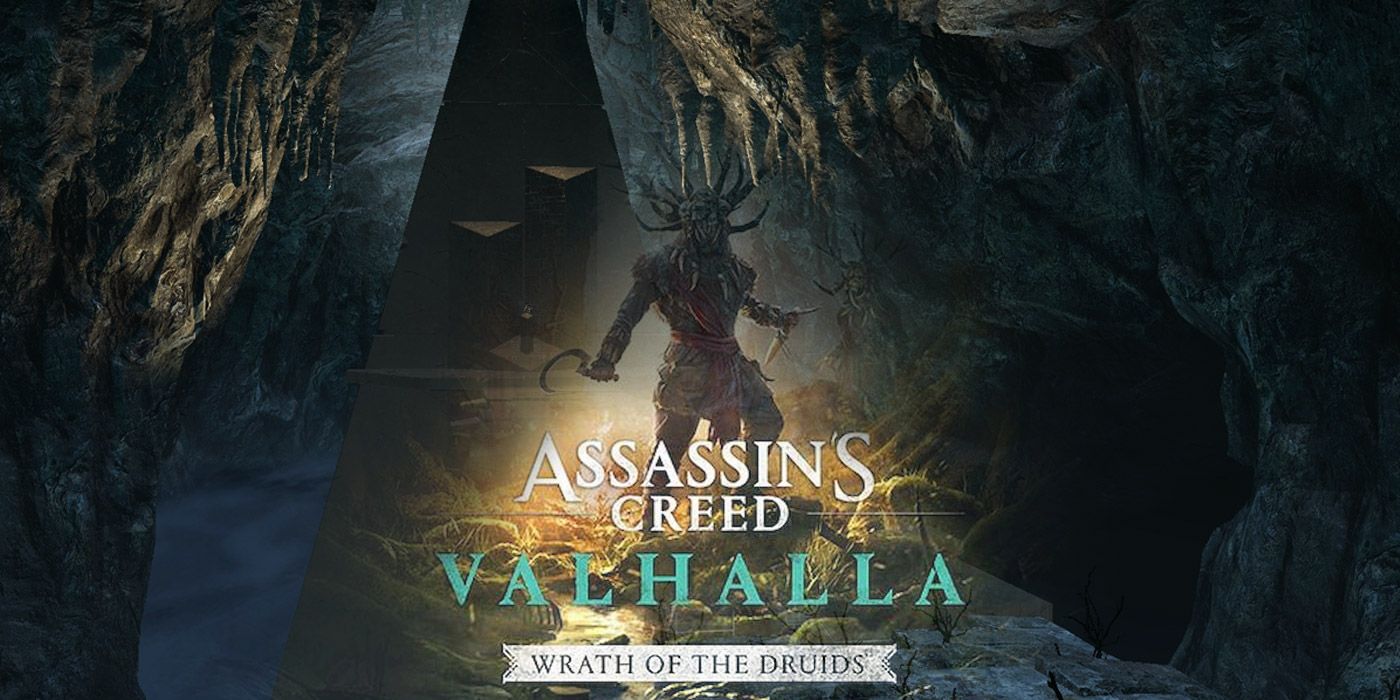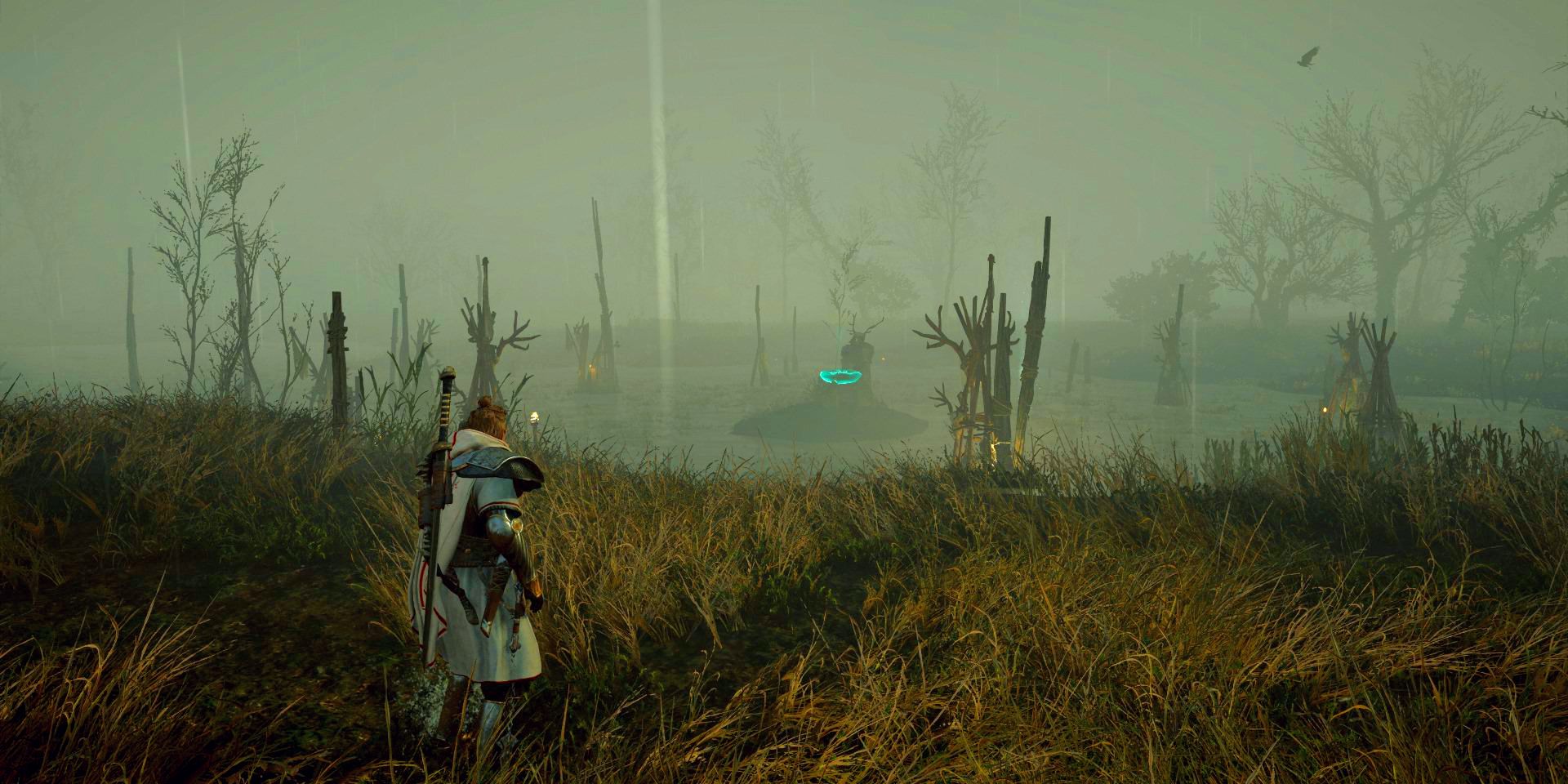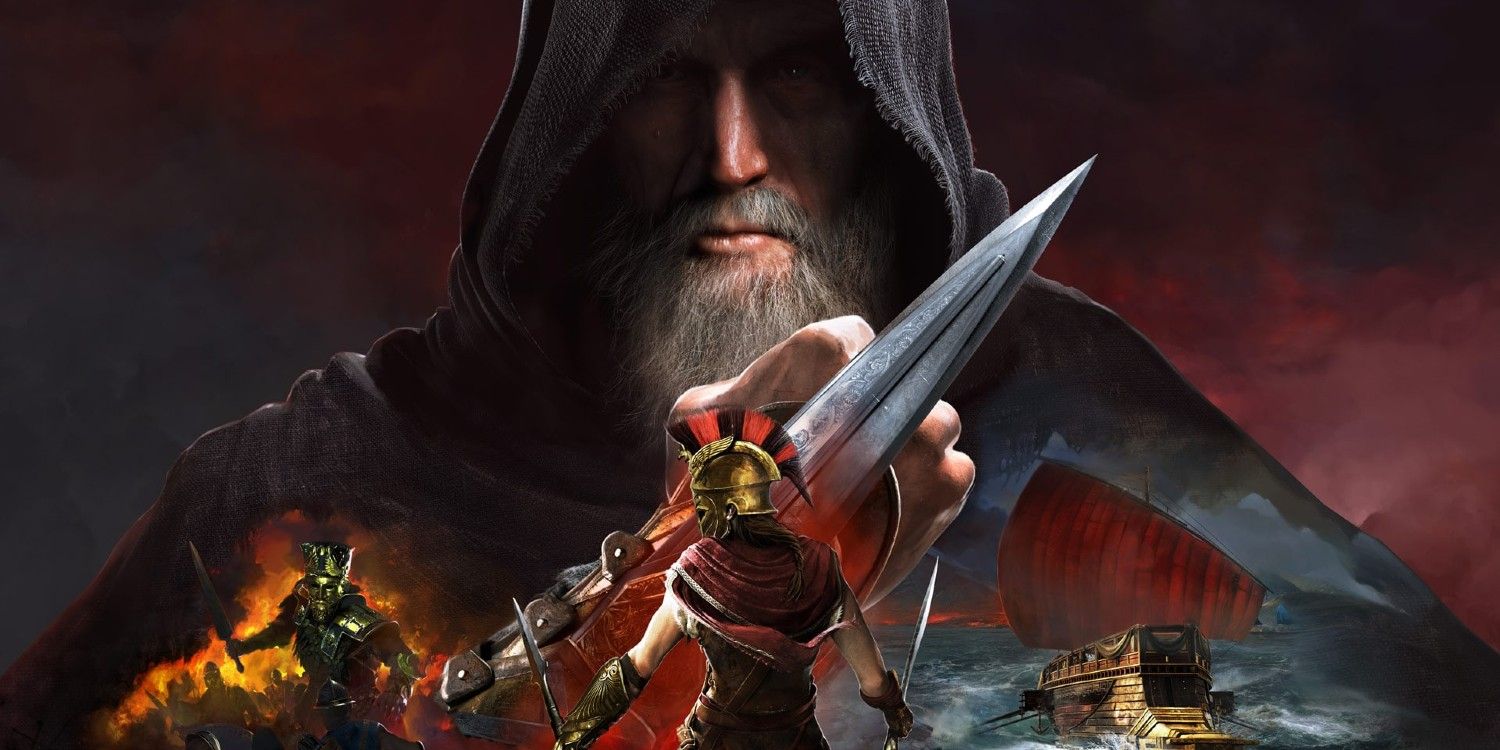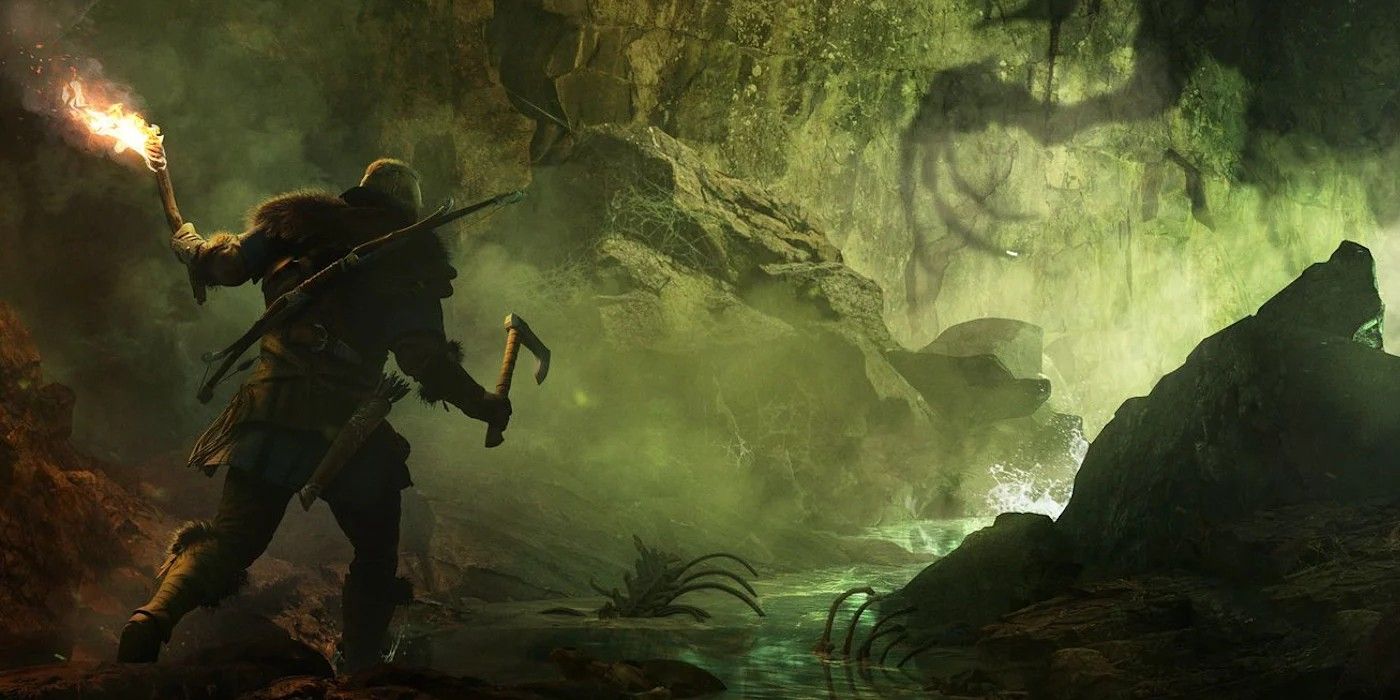
Downloadable content has always been a cornerstone of the Assassin’s Creed experience, with Ubisoft consistently providing fans with new ways to explore their favorite historical settings and characters post-launch. The RPG focused entries in the franchise are no different, with both Assassin’s Creed Valhalla and Assassin’s Creed Odyssey being able to boast significant expansions for players who need more missions, collectibles, and assassination targets to stalk.
A sense of inevitability with Assassin's Creed DLC hasn’t become too predictable. If anything, a clear line of progression can be seen that indicates that Ubisoft and its many studios are dedicated to refining the overall experience in some respects, whilst making every piece of DLC content distinctly unique. To this end each game’s respective first paid DLC, Assassin's Creed Valhalla: Wrath of the Druids and Assassin's Creed Odyssey: Legacy of the First Blade, share some striking similarities and differences between one another.
RELATED: Assassin's Creed Valhalla's Wrath of the Druids DLC Loosely References Rogue, Origins, and More

One of the more obvious differences comparing the two Assassin’s Creed expansions is the fact that Ubisoft chose to change its delivery method with Wrath of the Druids. Each of Assassin's Creed Odyssey’s two DLC campaigns were split into three episodic installments, with one chapter being released every six weeks or so. What was a bold shake up of the formula at the time ultimately made the experience feel more disjointed from a narrative perspective, considering the lengthy questlines that were a staple trademark of Assassin’s Creed Odyssey’s main campaign. Assassin’s Creed Valhalla by contrast has been given a much more conventional DLC roadmap by Ubisoft.
Wrath of the Druids released as a full cohesive story, and can therefore be binged by fans without the fear of cliffhangers interrupting proceedings. Both strategies have their merits when it comes to content, and keeping a game relevant in the longer term. Even though the wait for Assassin's Creed Valhalla’s first major story continuation took considerably longer than Assassin's Creed Odyssey, the Viking themed game has consistently received seasonal themed content like River Raiding and the Yule Festival to compensate. It will of course be argued that Valhalla’s regular updates and fixes have been born out of necessity as much as anything else, however.

Unlike Ubisoft’s Immortals Fenyx Rising, all of Assassin’s Creed Valhalla and Odyssey’s DLC expansions put fans back into the shoes of the character they bonded with during each game’s respective campaign. Wrath of the Druids and Legacy of the First Blade act as a direct expansion to Eivor and The Eagle Bearer’s life stories, and in both instances can be accessed without players having even beaten either game’s main story.
A set of criteria does have to be checked off however beforehand, with Assassin’s Creed Odyssey being a considerably harder time investment. Before players can experience the DLC, they have to level up 29 times, and complete the 7th chapter of the main questline towards the tail end of the story. By comparison things have been made much accessible in Assassin's Creed Valhalla, which only asks its fans to experience the opening hours and establish Ravensthorpe, and reach power level 55. Considering the grind that often has to be undertaken before most of the game’s other questlines become viable, Ubisoft have shown a hefty dose of mercy in this regard.
RELATED: The Assassin's Creed Sisterhood is More Important Now Than Ever

When it comes to narrative significance, Legacy of the First Blade in particular has an advantage over Wrath of the Druids, which sticks mostly to the alliance building formula in the main Assassin’s Creed Valhalla experience. Odyssey’s DLC, on the other hand, is significant to the overall trajectory of the franchise’s timeline, and acts as a narrative bridge between it and Assassin’s Creed Origins. Legacy of the First Blade charts the story of the first character to wield the Hidden Blade and the events that set up the formation of the Hidden Ones, the precursor group to the Assassins Guild, who are also found at the heart of Assassin's Creed Valhalla’s story.
While narrative aspects like character interactions were praised at the time, the way in which Ubisoft chose to end Assassin's Creed Odyssey’s first DLC left much to imagination. Many fans were left upset that the DLC ultimately took away all player agency out of one very important relationship-based decision. In contrast Ubisoft have taken steps to ensure that something similar doesn’t happen in Assassin's Creed Valhalla’s first expansion.
Wrath of the Druids sees Eivor embark on a quest to Ireland to reconnect with their long lost cousin, whilst simultaneously confronting the titular Druids and supernatural forces. For much of the expansion, the illusion of choice hangs over the players decision much like it always has in Assassin’s Creed’s past, up until the very end, when one meaningful decision can be made that significantly alters the conclusion of events.

In terms of gameplay, both expansions bring a fair share of extra content that resembles more of what can be experienced in the base games. An assortment of new weapons, armor, assassination targets, and side quests are all core staples players can sink their teeth into regardless of which historical origin point they hold closest to heart.
When it comes to outright new mechanical additions, both stick to providing more of the same as opposed to reinventing the core gameplay loop of either installment in the franchise. The symmetry between the two even continues when comparing the new sets of abilities that are added to Eivor and The Eagle Bearer’s arsenals, with three new skills becoming available in each DLC.
They do however diverge in some important ways, as orchestrated by the fact that Legacy of the First Blade doesn’t feature an outright new map. Instead the DLC relies on the sheer size of Assassin's Creed Odyssey’s base map to strategically place new objectives and forts. Meanwhile Wrath of the Druids on the other hand goes all out, and brings a colorful vibrant recreation of Ireland to the table, complete with all-new cities, castles, and wonders to uncover.
There’s not a lot to separate the pair in terms of average playtime despite this, with Legacy of the First Blade’s three chapters clocking in at an accumulative 18 hours, compared to Wrath of the Druids’ average 10 to 15 hour average playthrough time.
Assassin's Creed Valhalla is available now for PC, PS4, PS5, Stadia, Xbox One, and Xbox Series X.

